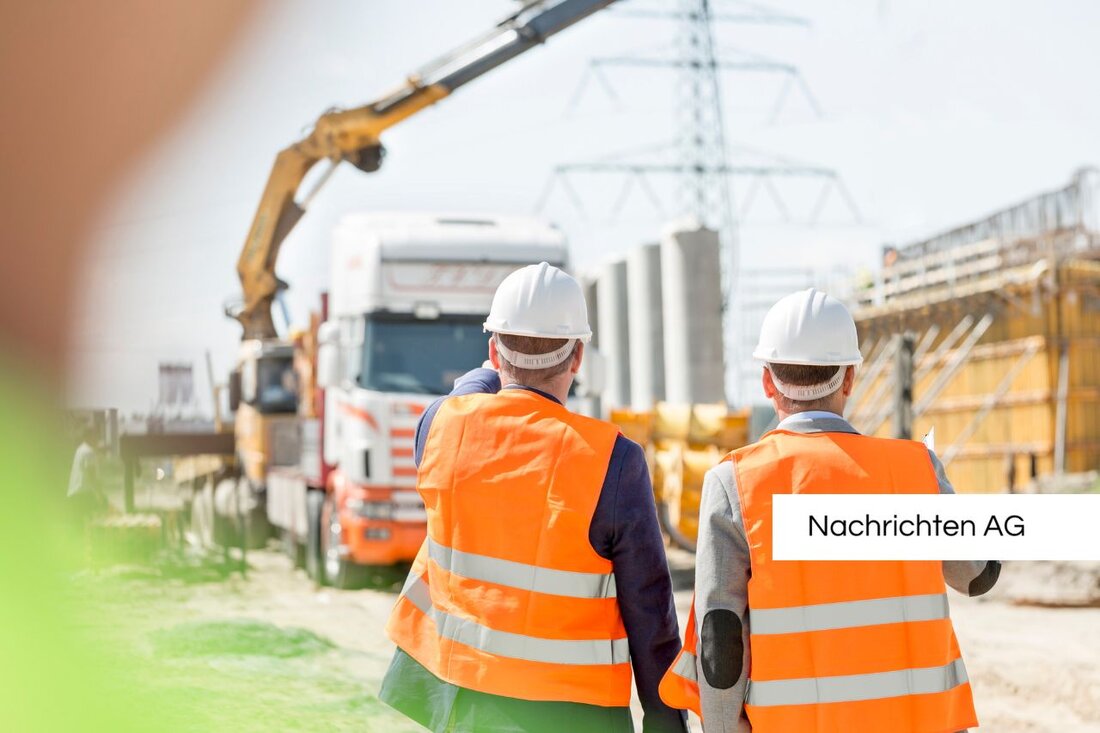Nature and construction site: Complex challenges in Lichterfelde!
Steglitz-Zehlendorf District Office and Groth Group provide information about construction projects in Lichterfelde and nature conservation requirements.

Nature and construction site: Complex challenges in Lichterfelde!
In a joint statement from the Steglitz-Zehlendorf district office and the Groth Group, the Lichterfelde construction project is discussed, which is based on a legally binding development plan. The responsibility for protecting nature and species is a central challenge of the project, which was already known at the beginning of the development plan process and contributed to the long duration of the process. The district office emphasized this in its official announcement on October 10, 2025. The need to take environmental concerns into account must be seen in accordance with the requirements of the Federal Nature Conservation Act (BNatSchG) and the Building Code (BauGB), which regulate how to deal with interventions in nature and place high demands on sustainable development.
A key point in the declaration is that detailed solutions to specific problems have been contractually agreed, in close cooperation with the relevant authorities and associations. This partnership takes place in almost daily exchanges in order to take nature and species protection concerns into account when implementing the construction project. New aspects, such as an additional ant nest, can arise during construction work and often require short-term solutions.
Nature and species protection as a constant companion
High demands on nature and species protection are not only a legal obligation, but also an expression of responsibility towards the environment. The land-use planning must ensure that interventions in nature are avoided or compensated for as far as possible. Landscape planning, which is also regulated by regional and municipal regulations, plays a key role. The designation of building areas is always carried out with the aim of improving other areas in order to compensate for the negative environmental effects. This is addressed in the publication of the updated guide “Building in Harmony with Nature and Landscape”, which offers communities a legally secure method for considering nature conservation issues.
The Minister of Construction Kerstin Schreyer emphasizes the importance of the quality of the intervention and compensation areas. A new value-based accounting approach is intended to ensure that urban planning is better integrated with environmental protection measures. However, the implementation of such a system also requires sound planning in order to meet the relevant nature conservation requirements.
Cooperation between authorities and investors
The partnership between the district office and the investor is crucial in order to successfully implement the obligations and special features regarding nature and species protection. The fact that the ant nest is not crucial to the project's progress makes it clear that many issues need to be considered in context. Reporting on this topic must therefore take place against the background of the multitude of challenges that these construction projects bring with them.
In summary, it is once again clear that the protection of nature and landscape in construction projects is essential in order to promote sustainable development. The legal framework of the BNatSchG and the specific requirements of the BauGB form a solid basis for comprehensively taking nature conservation concerns into account in municipal planning.
For further information on the topic, you can visit the following links: Berlin.de, ABES online, BYAK.de.

 Suche
Suche
